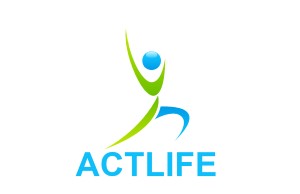Physical ACTivity: the tool to improve the quality of LIFE in osteoporosis people
ACTLIFE European Project was focused on the development and dissemination across Europe of the ACTLIFE physical activity protocol aimed to the secondary and tertiary prevention of osteoporosis consequences through physical activities. In particular the project aimed to deal with fear of falling in people with osteoporosis.
- Implementation date1/1/2018 - 6/30/2021
- FunderErasmus+ Sport
- Research programmeSustainable and versatile social and health care
- Project typeInternational RDI
- ThemesEthical competence and foresight competence
- Project managerMikko Julin
Fear of falling is very common in people with osteoporosis. It can be defined as an enduring concern about falling which leads to an avoidance of activities. Older people who have a fear of falling often enter a debilitating negative spiral of restriction of physical and social activities, physical frailty and a higher risk of falls ultimately leading to reduced independence and quality of life. Exercise interventions in community-dwelling older people have been shown to be highly beneficial without increasing the risk or frequency of falls. However, currently there is not enough evidence to determine whether exercise interventions reduce fear of falling beyond the end of the intervention and further research on this topic is encouraged.
The focus of ACTLIFE was the development of a best physical practice, the ACTLIFE protocol, which was evaluated through a pilot study, and shared across Europe aimed to secondary and tertiary osteoporosis consequences prevention in older people.
The University of Bologna (IT) coordinated the project. Other partners in the Actlife project were Rizzoli Orthopaedic Institute (IT), University of Ulster (UK), Mary Immaculate College (IE), KNOW AND CAN ASSOCIATION (BG), and Friedrich-Alexander-Universität Erlangen-Nürnberg (DE).

Contact person
- Mikko Julin
- Senior Lecturer
- Mikko.Julin@laurea.fi
- Tel (09) 8868 7517